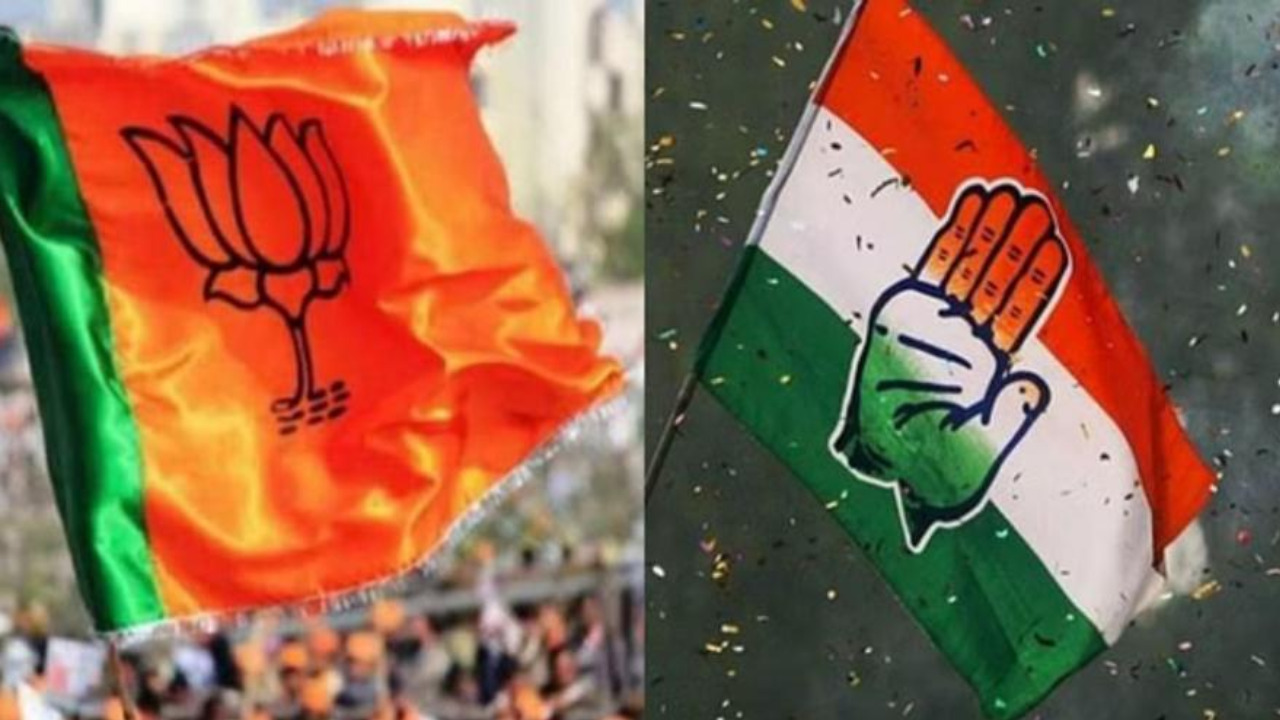At the national level, BJP is likely to strengthen its tribal outreach over the next six months.
NEW DELHI
If the Assembly elections in the heartland states were an electoral laboratory, then the BJP’s experiment of announcing candidates on tribal seats early, putting extra effort to woo voters on these seats and winning a majority of ST constituencies has been a success. This model also firms up the success mantra for the party’s 2024 campaign in tribal areas when Prime Minister Narendra Modi looks to register a hat-trick in parliamentary elections.
Political observers credit not only the BJP but also the RSS, which has worked on the ground among tribal communities, allegedly surrounded by controversies related to conversion, over the past five years.
At the national level, the BJP is now likely to strengthen its tribal outreach over the next six months. In 2019, the party had won 31 out of the 47 parliamentary constituencies reserved for Scheduled Tribes. In 2014, the party had won 27 out of the 47 seats. The party’s ST-focused strategy became more evident when Prime Minister Narendra Modi, in his speech on the day of the declaration of results, said that the tribal community played a key role in the ouster of the Congress.
The appointment of Droupadi Murmu as President of India also appeared to be the Narendra Modi government’s long-term strategy to position itself as a party committed to promoting Scheduled Tribes.
The BJP had won three successive Assembly elections in Chhattisgarh in 2003, 2008 and 2013 but the Congress ended its winning streak in 2018. The saffron comeback in the latest Assembly elections is largely credited to its critical tribal outreach, structured around appointment of tall tribal leaders, including MPs, in important campaign committees and convincing voters about the party’s commitment to better law and order.
Even in tribal belts of other states, the party took forward the lessons learnt in the past and named some of its Assembly election candidates on ST seats early. This gave them almost a two-month period before voting to build bridges with voters, said an analyst. The party also took care to involve all senior tribal leaders in the campaigning.
About 30.6% of the population in Chhattisgarh belongs to the tribal community. In Madhya Pradesh, STs account for 21.1% of the population. In Rajasthan, the percentage is 13.49%.
During the campaign, the BJP not only managed to convince the tribals that its government would be able to provide better security and protection but it also offered a helping hand to disillusioned converted tribals.
In its tribal outreach, the party also managed to create the right buzz around the community’s welfare by timing the launch of a Rs 24,000-crore scheme
PM Modi’s election speeches during the Assembly elections also included special mention to the mission that promises to deliver 11 interventions under nine ministries for the development of 75 PVTGs across 18 states and Union Territories.
In the current Madhya Pradesh Assembly elections, BJP won 26 out of the 47 constituencies reserved for Scheduled Tribes. In 2018, the Congress dominated these seats by winning 29 of them. This year the Congress won 20 seats.
In Chhattisgarh, 29 seats are reserved for the Scheduled Tribes. The BJP won 17 out of these 29 seats, while the Congress got 11. In 2018, the BJP had won only 3 ST seats, while the Congress finished with a tally of 25 ST seats.
In Rajasthan, 25 constituencies are reserved for the Scheduled Tribes, out of which the BJP won 12, up from 9 in 2018.
In the desert state, three ST seats were won by a relatively new outfit, Bharatiya Adivasi Party—a breakaway faction of the Bharatiya Tribal Party. The Bharatiya Adivasi Party won three seats in the current election in the tribal belt in south Rajasthan. The party had fielded candidates on 27 seats.
In Telangana, 12 seats are reserved for the STs. The Congress won 9 of these seats, while the BRS got the other 3. The BJP failed to win any ST seat in Telangana.
In all 113 seats were reserved for the Scheduled Tribes in four states—MP, Rajasthan, Chhattisgarh and Telangana—out of which the BJP won 53, the Congress 52, the BRS 3 and others won 5. In 2018, out of these 113 seats, the BJP had won 28 while the Congress had bagged 72. The BRS had bagged 5 seats and others had won 8 seats.
Success in the tribal pockets was the primary reason behind the Congress’ sweep in the three states in 2018. It had won 25 seats in Chhattisgarh, 30 in MP, 12 in Rajasthan and 5 in Telangana.

